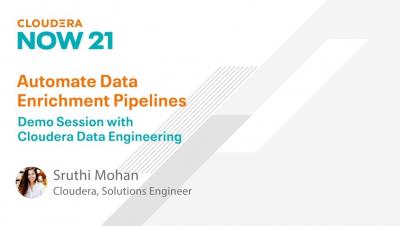Xplenty's X-Console: A How-To Guide
One of Xplenty's most rewarding features is its ability to enact low-code and no-code digital transformation. Even with no experience in ETL or data integration, non-technical users can take advantage of Xplenty’s intuitive drag-and-drop interface to build robust, complex data pipelines to a data warehouse or data lake in the cloud.











